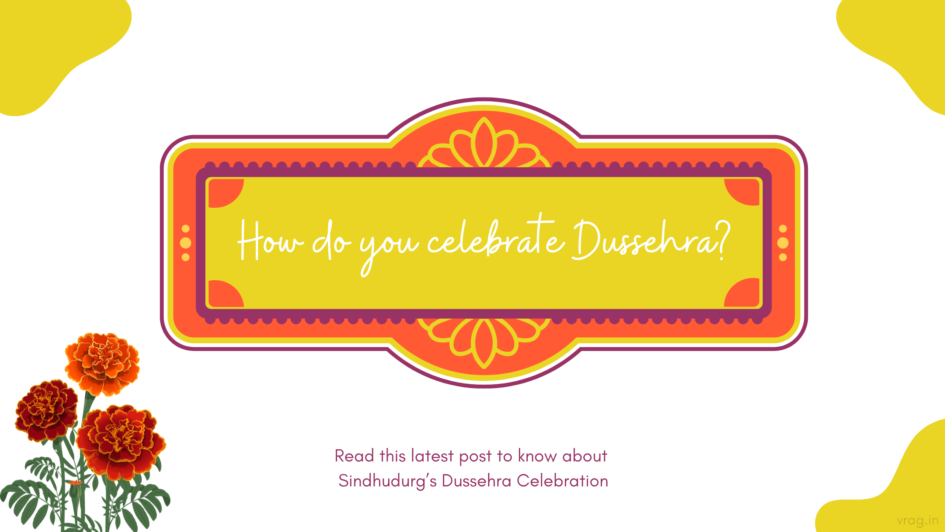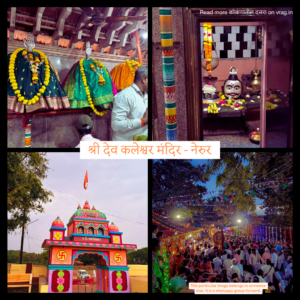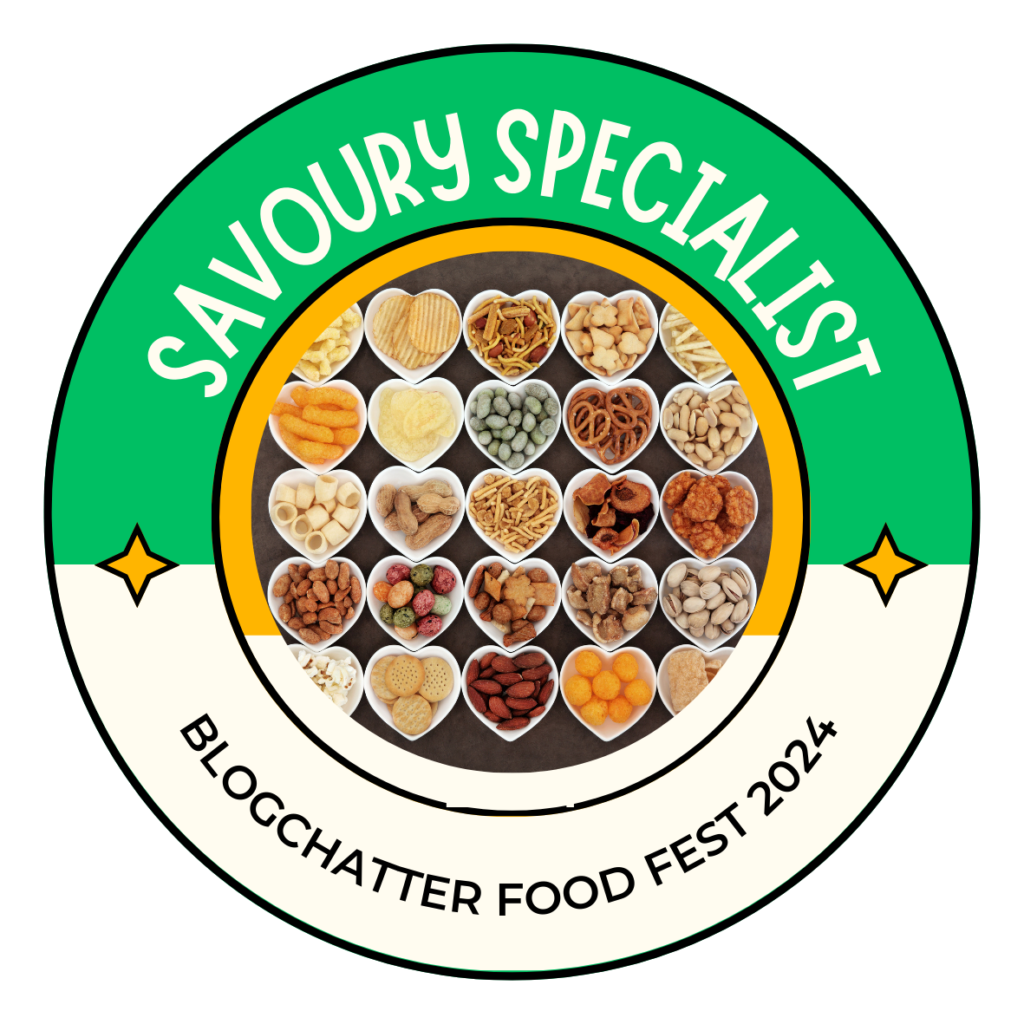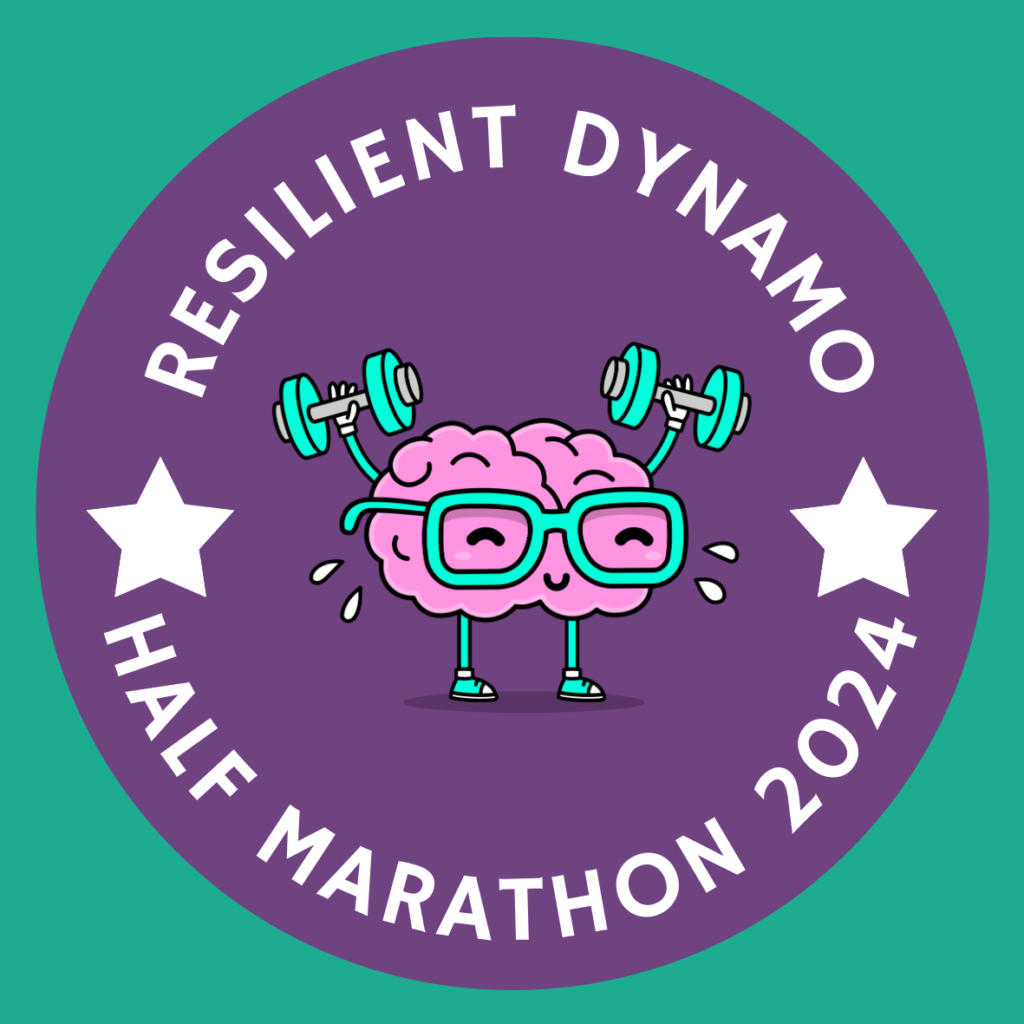I apologize for the late post, but I wanted to provide the most accurate information. Since I haven’t personally witnessed Dussehra celebrations in a temple, I’ve relied on videos, discussions with my mother-in-law and husband, and my research. Please continue reading to learn more about Dussehra celebrations in Sindhudurg.
Konkan, known for its lush greenery and natural forests, celebrates festivals with great joy and tradition. Dussehra is no exception, and Nerur in Sindhudurg offers a unique example. Unlike the Hindu calendar, each village in Konkan celebrates Dussehra on different days, with its special customs. Some of the Dussehra celebrations are on Navami and others till Dvadashi.
Table of Contents
Dussehra Celebrations in Sindhudurg at home
The Navami Dasara Utsav in Nerur is particularly unique. On this day, people in every home perform shastra puja, honoring their tools, weapons, books, and other belongings. They decorate their homes with marigold garlands and mango leaves. Later everyone offers prayers and naivedya (food offerings) to their deities.
The traditional naivedya includes vade (puri), dal, rice, papad, shrikhand or kheer, and usal. These offerings are made to various entities, including tulsi, agni (chul or gas stove), ancestors, and animals like cows and dogs. This is offered in the home temple on a banana leaf in front of the god. After the offerings, families gather to enjoy the food together.
Dussehra Celebrations in Sindhudurg at the local temple
Later in the evening, a family member carries a coconut to their gramdaivat, the local deity, such as Shri Dev Kaleshwar in Nerur. Every temple has a tarang on the right side, in front of the garbhagriha. The tarangs (umbrellas) of Shri Dev Kaleshwar, Shri Dev Bhootnath, and Shri Dev Ravalnath are often paraded during festivals or special occasions.
The khamb (pole supporting the tarang) is a term used in the local language and is carried by a respected family member. These men, known as gaokari, hold a significant position in the village. The khamb is not carried by random individuals but by men who have a legacy of performing this duty. Some individuals become possessed by the deity, a state known locally as “angat yena” or “vaara yena.” Later, people offer coconuts and seek their blessings by touching their feet. These individuals, under the influence of the local deity, impart blessings known as “Kaul” by placing the tarang on people’s heads. The entire procession is accompanied by the dhol, and they often dance and perform rituals.
Shiv Lagna Sohla and Sone Lutna
The Dussehra celebrations in Sindhudurg symbolize the divine marriage of Lord Shiva and Goddess Shakti. In every village, Goddess Parvati is revered in the form of Mauli or Sateri Devi. A traditional Hindu wedding ceremony, known as a Shiv lagna sohla with a curtain (antarpat), is performed. Later, everyone present in the temple participates in a ritual called sona lutna. Sona or apta leaves, commonly known as Bidi leaf or Bauhinia racemosa leaves, are distributed among everyone. It is accompanied by the saying, “Sona ghya, sonya sarkhe raah”.
It feels great to see such unique celebrations. Although I have my maternal uncle’s family here and paternal ancestors have been a part of Sindhudurg, these celebrations were quite new to me.
I have been celebrating Dussehra in Pune by giving apta leaves to elders and everyone around me and seeking blessings. These Dussehra Celebrations in Sindhudurg were quite new to me. I have not yet witnessed it and I hope to do so next year. Do you have any such unique celebrations in your city/village? I would love to read more about them 🙂
![]()

















Leave a Reply